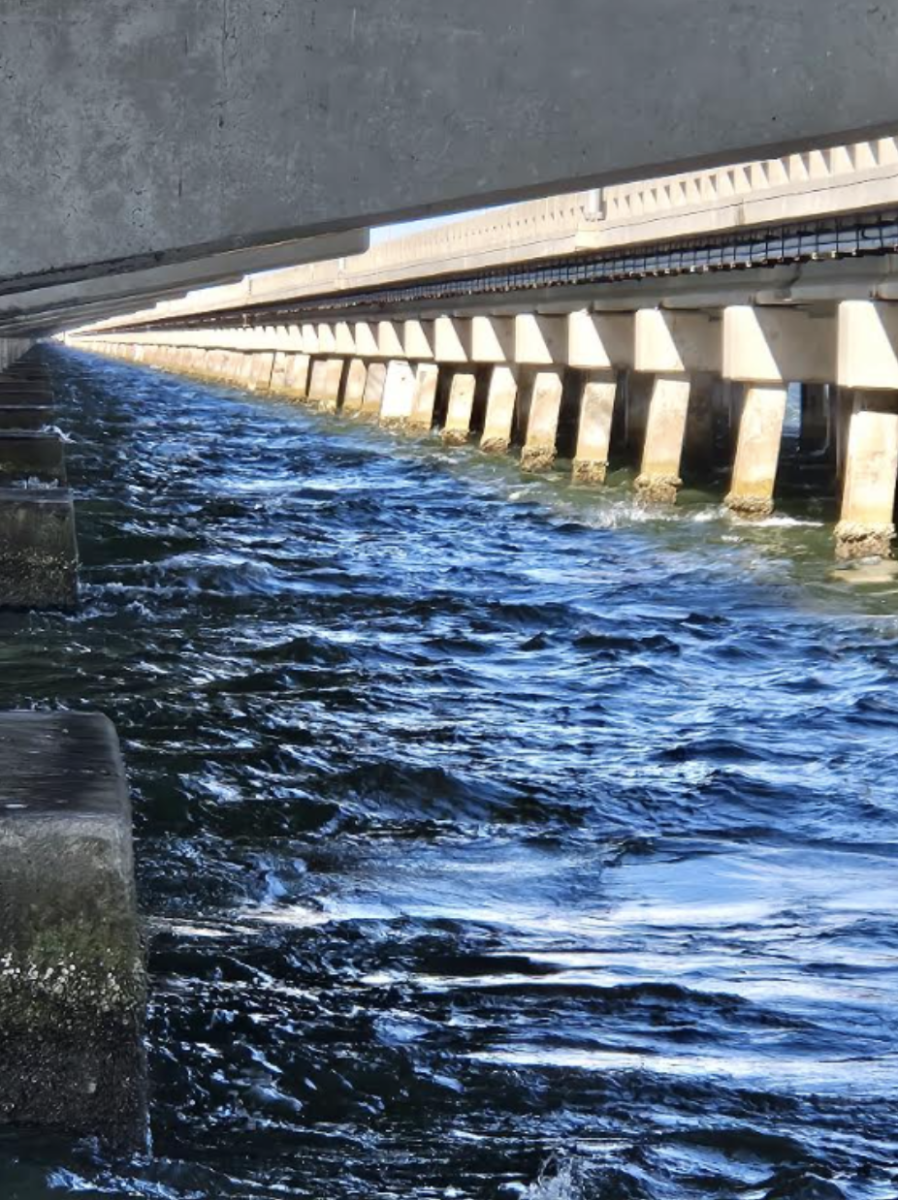Tampa Bay faces growing scrutiny as industrial activity and maritime traffic strain the region’s water quality and ecosystems. Pollution buildup is raising concerns among scientists and residents about habitat loss, declining biodiversity and the overall health of Tampa Bay, threatening marine life and the local economy reliant on fishing, tourism and waterfront industries.
Industry on the Bay’s Edge
More than eight large industrial facilities line the waterfront and its tributaries, many of which discharge effluents, emit pollutants or draw cooling water from Tampa Bay.
The Coca-Cola plant in Clearwater uses water and chemical treatments during bottling, washing and carbonation processes. Residual chemicals from these operations may enter wastewater systems and flow into the bay.
The Big Bend Power Station in Apollo Beach, a fossil-fueled energy facility, emits nitrogen oxides, sulfur oxides and heavy metals. Its cooling system also releases heated, contaminated water that raises local temperatures and introduces toxic compounds into the ecosystem.
Meanwhile, a drywall manufacturing facility processing gypsum and other minerals produces dust, slurry and byproducts that can wash into waterways during storms. This runoff often contains metals and industrial additives that damage benthic habitats and harm microscopic life on the ocean floor.
While these industries provide jobs and economic support, their proximity to water channels makes them significant contributors to Tampa Bay’s pollution challenges.
Ships, Ports, and Pollution
Tampa Bay’s port system is one of the busiest in Florida, handling over 33 million tons of cargo each year and supporting more than 80,000 jobs across Central Florida.
To accommodate larger vessels, the U.S. Army Corps of Engineers has planned a $1.1 billion dredging project to deepen shipping channels. While aimed at enhancing commercial access, environmental advocates warn that disturbing bottom sediments could reintroduce long-settled pollutants into the water and disrupt fragile marine habitats.
Ongoing maritime operations also contribute to pollution. Idling ships, trucks, cargo-handling machinery and fuel storage systems release emissions and spills. Stormwater runoff from paved port surfaces carries oil, heavy metals and debris into the bay.
“The water that surrounds Davis Island smells really bad from the the cargo ships,” said Rylee Nelson (11). “It smells so bad that when I run by, I must hold my breath because it’ll make me sick.”
In response, Port Tampa Bay has launched several environmental initiatives, including the use of electric cranes, scheduled truck arrivals to reduce idling and increased stormwater inspections. In 2024, the Environmental Protection Agency awarded the port a $1.8 million grant under its Clean Ports Program to support emissions-reduction planning and infrastructure upgrades.
Wastewater and Accidental Spills
Tampa Bay has suffered from large-scale wastewater incidents. In March 2025, a Clearwater facility discharged 1.4 million gallons of partially treated wastewater. This followed a 2021 disaster when the Piney Point phosphogypsum stack released over 215 million gallons of nutrient-rich water into the bay.
“Whenever I walk on Bayshore I see oil on the top of the water, and it really is disgusting to me that we think it’s okay,” said Sir Anthony (12). “I also see floating trash everywhere.”
While nutrients from these discharges cycle out within months to a few years, heavy metals and industrial waste remain trapped in sediments for decades. These pollutants may slowly leach back into the water column, especially as water conditions change. Channel deepening further increases this risk by redistributing long-settled contaminants.
Lasting Impact on Habitats
These factors contribute to ongoing environmental challenges in Tampa Bay, with potential implications for the region’s ecosystems and economy over the long term.

